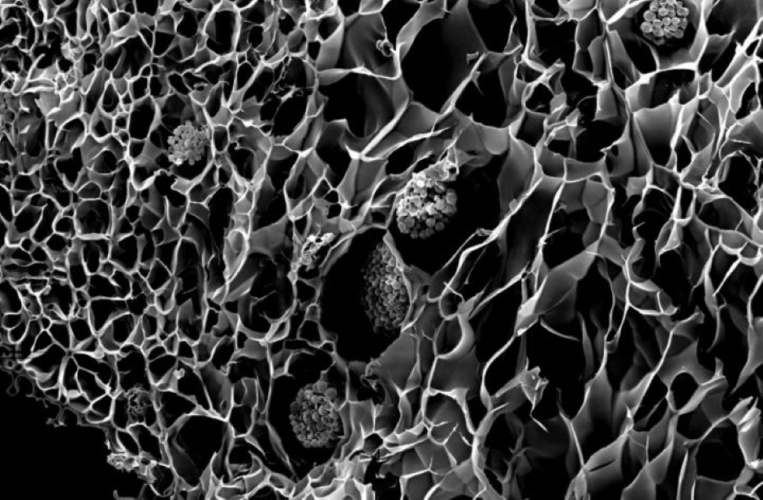
The research from Cambridge University and University of California San Diego could also help to repair and restore coral reefs. Their results are reported in Nature Communications.
Race to save the Great Barrier Reef
In the natural world, coral provides a host for the algae which produce sugars to the coral through photosynthesis. This relationship is responsible for coral reefs, which provide some of the most diverse and productive ecosystems on Earth.
"Corals are highly efficient at collecting and using light," said first author Dr Daniel Wangpraseurt, a Marie Curie Fellow from Cambridge's Department of Chemistry. "In our lab, we're looking for methods to copy and mimic these strategies from nature for commercial applications."
Wangpraseurt and his colleagues 3D printed coral structures and used them as incubators for algae growth. They tested various types of microalgae and found growth rates were over 100 times higher than in standard liquid growth mediums.
To create the intricate structures of natural corals, the team used a rapid 3D bioprinting technique originally developed to print artificial liver cells.
"We developed an artificial coral tissue and skeleton with a combination of polymer gels and hydrogels doped with cellulose nanomaterials to mimic the optical properties of living corals," said research leader Dr Silvia Vignolini. "Cellulose is an abundant biopolymer; it is excellent at scattering light and we used it to optimise delivery of light into photosynthetic algae."
According to Cambridge University, the team used optical coherence tomography to scan living corals and utilise the models for their 3D printed designs. The custom-made 3D bioprinter uses light to print coral micro-scale structures in seconds. The printed coral copies natural coral structures and light-harvesting properties, creating an artificial host-microenvironment for the living microalgae.
"By copying the host microhabitat, we can also use our 3D bioprinted corals as a model system for the coral-algal symbiosis, which is urgently needed to understand the breakdown of the symbiosis during coral reef decline," Wangpraseurt said in a statement. "There are many different applications for our new technology. We have recently created a company, called mantaz, that uses coral-inspired light-harvesting approaches to cultivate algae for bioproducts in developing countries. We hope that our technique will be scalable so it can have a real impact on the algal biosector and ultimately reduce greenhouse gas emissions that are responsible for coral reef death."

Red Bull makes hydrogen fuel cell play with AVL
Formula 1 is an anachronistic anomaly where its only cutting edge is in engine development. The rules prohibit any real innovation and there would be...